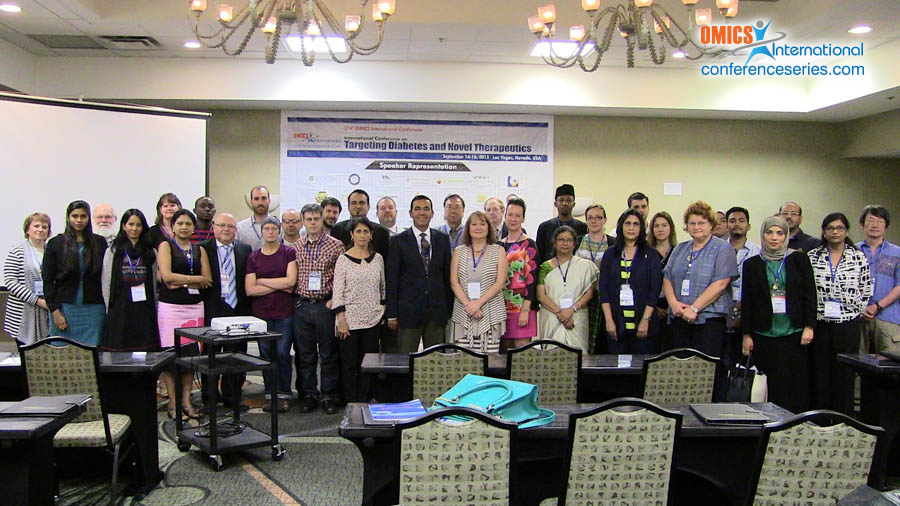
Khalid Alnemer
AL-Imam University, Saudi Arabia
Title: Opportunities and challenges in diabetic hearts 2015
Biography
Biography: Khalid Alnemer
Abstract
Cardiovascular disease (CVD) is a major cause of morbidity and mortality for individuals with diabetes, in addition it isrnconsidered the largest contributor to the direct and indirect costs of managing diabetes worldwide. We are going to shedrnsome lights on important concepts in managing cardiovascular disease in diabetes including issues related to hypertension,rnhyperlipidemia, myocardial ischemia, primary and secondary prevention policies in 2015, and updated management. Therncommon conditions coexisting with Type 2 Diabetes (hypertension and hyperlipidemia) are clear risk factors for myocardialrninfarctions, stroke, heart failure and cardiovascular death; in addition, diabetes itself confers independent risk for thoserncomplications. Numerous studies have shown established efficacy of controlling individual cardiovascular risk factors inrnpreventing or slowing CVD in people with diabetes but larger benefits are seen when multiple risk factors are addressedrnglobally. There is also evidence that using epidemiologically created risk calculators for measuring the 10-year coronary heartrndisease risk among adults with diabetes have improved significantly over the past decade and made a clear impact in preventingrndevastating cardiovascular events compared to previous decade’s data. The American College of Cardiology/American HeartrnAssociation new Pooled Cohort Equation, the “Risk Calculator,” may be a useful tool to estimate those 10-year atheroscleroticrnCVD. There is also an increased risk of incident diabetes with statin use which may indicate that these patients may benefitrnfrom diabetes screening when on statin therapy. Finally we will illustrate the important clinical messages for cardiology andrnendocrine practitioners should concentrate on during their practices and share it with their medical teams and patients.



